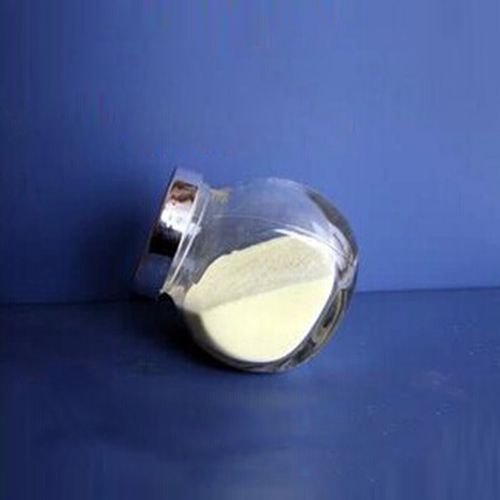Ulinastatin (UTI) is a broad-spectrum proteolytic enzyme inhibitor isolated
and purified from male urine. Currently, it is widely used in the adjuvant
treatment of acute severe pancreatitis, acute renal failure, severe infection,
and extracorporeal circulation and organ transplantation [1]. In recent years,
it has also been applied to patients with severe burns and achieved good
results. The purpose of this article is to review the therapeutic effects of
early use of ulinastatin in patients with severe burns.

Ulinastatin (UTI) is an acidic sugar protein composed of 143 amino acids
with a molecular weight of approximately 67000D. It consists of three functional
domains: O connected glycosylation region, n-terminal Kunitz type domain I, and
c-terminal Kunitz type domain II. The enzyme inhibitory activity of ulinastatin
is mainly located in two Kunitz type domains, which have a wide spectrum of
inhibitory enzymes and do not overlap completely. It can widely inhibit the
activity of trypsin, trypsin, trypsin, lipase, hyaluronidase, elastase,
cathepsin G and other hydrolytic enzymes. The main function of O junction
glycosylated region is to stabilize the cell membrane and lysosome and prevent
the release of lysosomal enzymes [3]. Studies have shown that ulinastatin also
inhibits the excessive release of a variety of inflammatory mediators such as
interleukin-il-1, il-6, and il-8, tumor necrosis factor-alpha (TNF- alpha), and
myelperoxidase (MPD). Block the formation of endogenous shock factor, scavenge
oxygen free radicals, regulate immune function, protect the function of internal
organs.